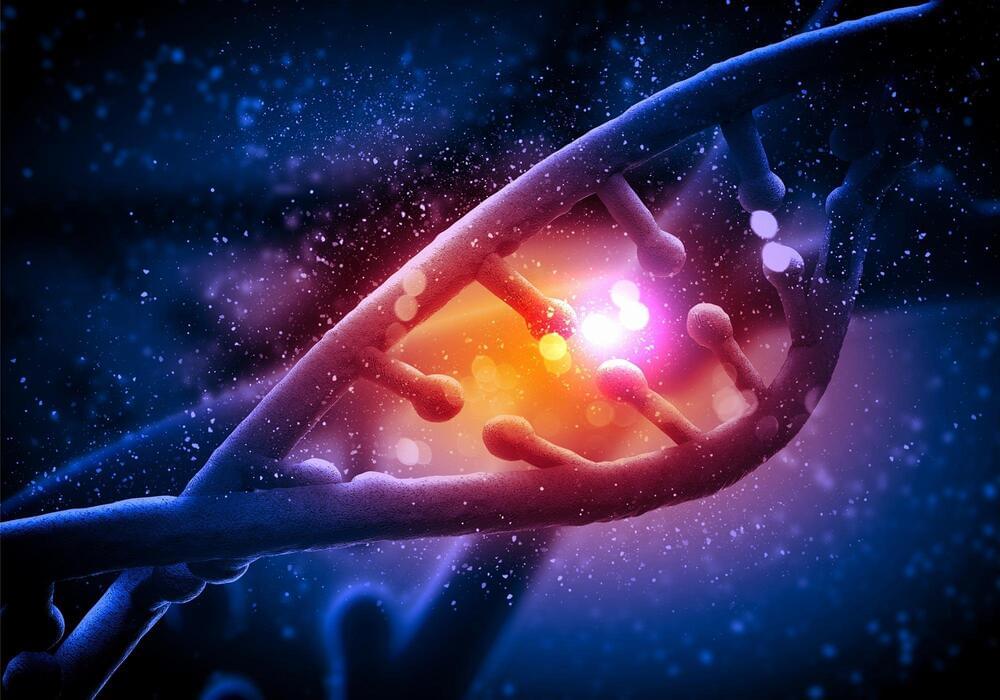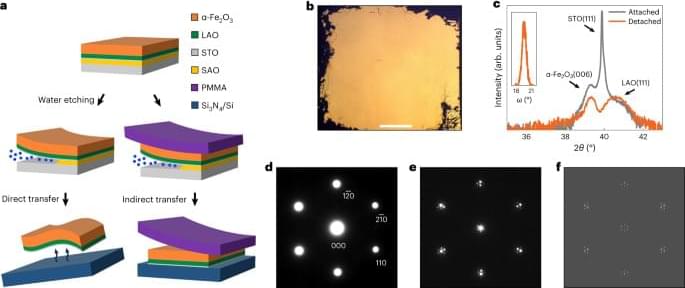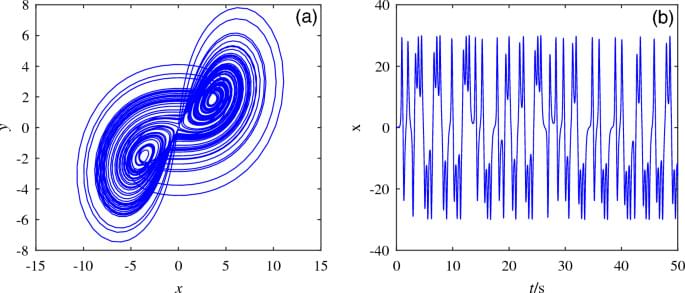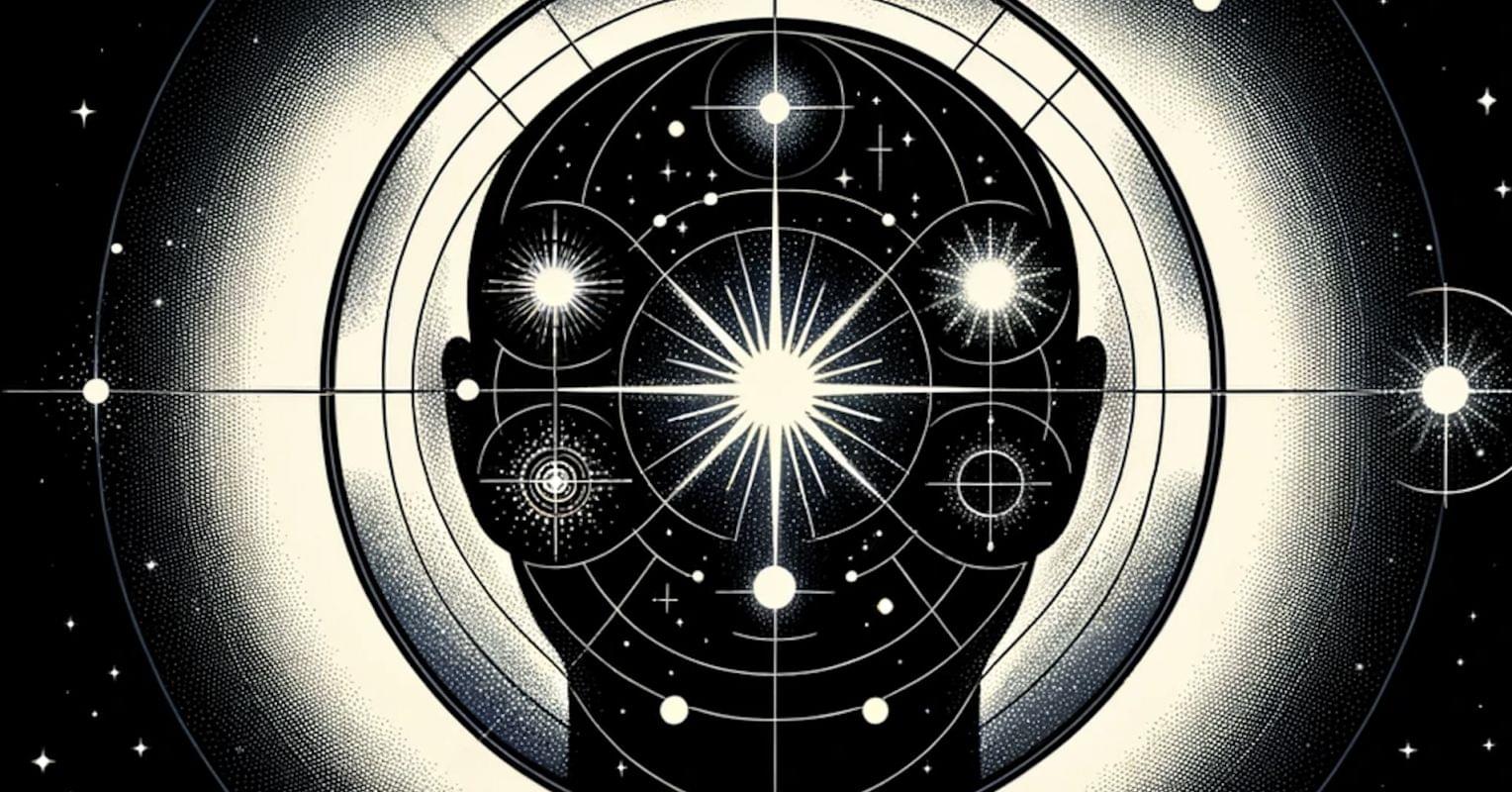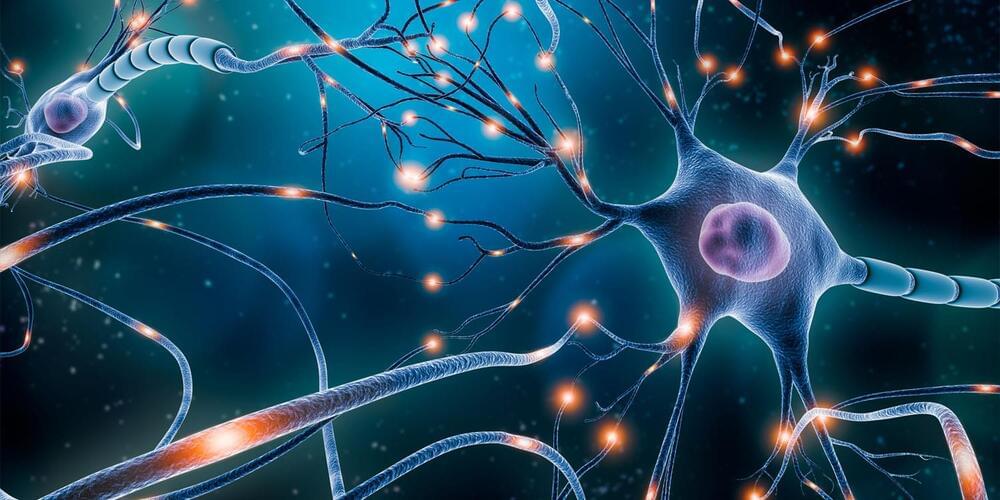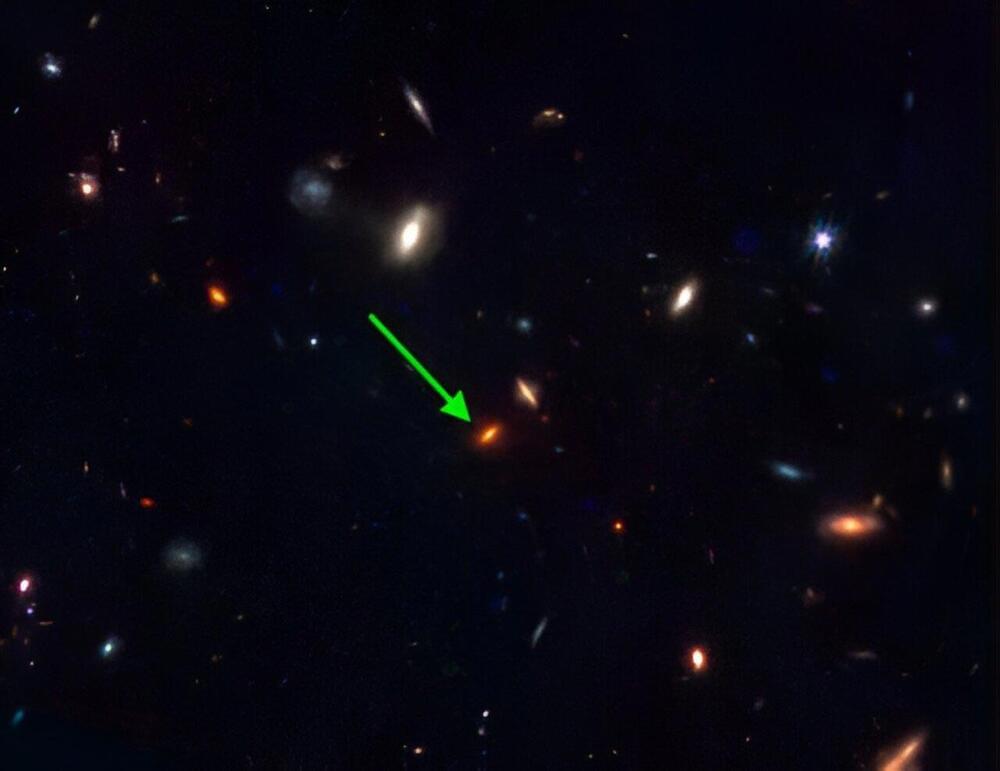Feb 20, 2024
How Our Brains Process Music
Posted by Dan Breeden in categories: media & arts, neuroscience
Summary: Researchers unlocked how the brain processes melodies, creating a detailed map of auditory cortex activity. Their study reveals that the brain engages in dual tasks when hearing music: tracking pitch with neurons used for speech and predicting future notes with music-specific neurons.
This breakthrough clarifies the longstanding mystery of melody perception, demonstrating that some neural processes for music and speech are shared, while others are uniquely musical. The discovery enhances our understanding of the brain’s complex response to music and opens avenues for exploring music’s emotional and therapeutic impacts.


